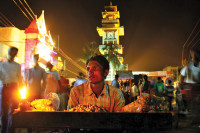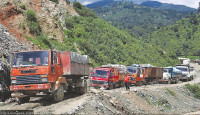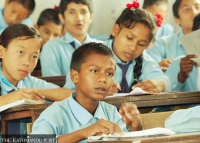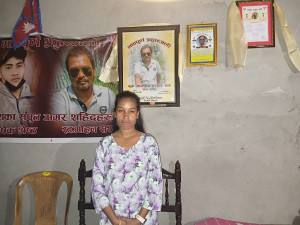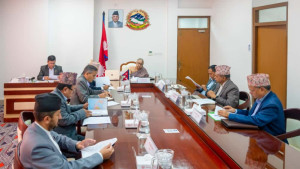Opinion
Conflict by proxy
Unless Nepal continues to maintain strong political unity and integrity, the nation will remain at risk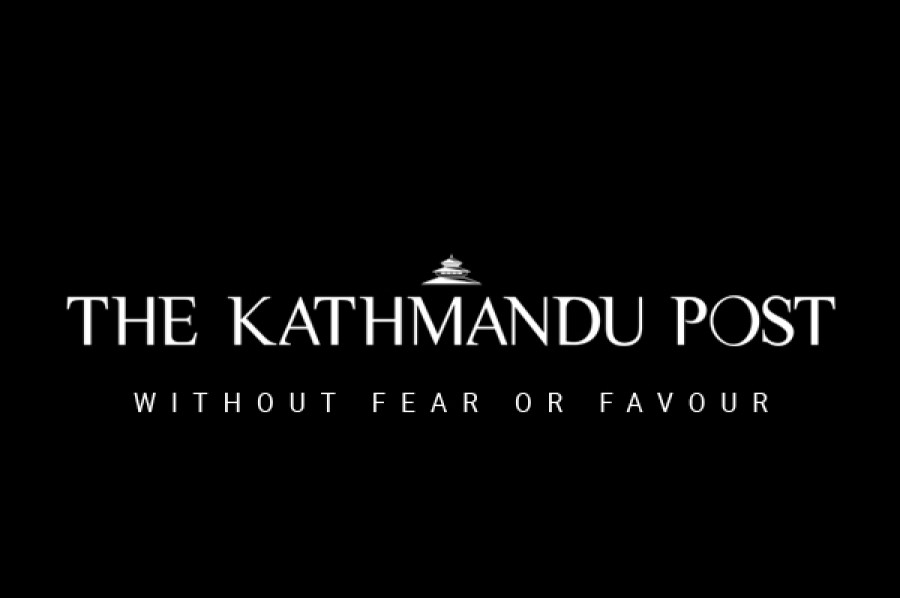
Daman Bahadur Ghale
A proxy war is defined as a conflict where the primary actors engage with each other through other means. These proxies can range from the use of aid and supplies to the full use of troops in conflict between stand-in entities rather than the main parties involved. A proxy war can therefore be an avenue for a country to pursue its geopolitical aims without going to war. This is a conflict where one party fights for the benefit of another, often at the instigation of a major power, which does not itself become involved to exert their influence.
Cold War and post
Proxy wars were first defined during the Cold War where indirect confrontation between superpowers was common practice. This was usually pursued via substitute actors, which could be smaller nations or non-state actors. The intended purpose of a proxy war was to avoid an all-out nuclear war between the Cold War superpowers. One well-known example of this type of proxy war is the Vietnam war—conflict between the communist state of Vietnam (backed by its allies China, North Korea and the USSR) and the republic of South Vietnam (backed by the US and Western powers). Similarly, the Spanish civil war of the 1930s was also a proxy war between the USSR and Nazi Germany.
The Cold War was about two rival ideologies trying to conquer one another without directly getting involved in armed conflict. Though the superpowers never went to war each other, they found alternative ways to influence the political and economic development of smaller nations, particularly in third world countries in Africa, Asia and the Middle East. They did this in a variety of ways, ranging from providing moral and financial support to the supply of arms, equipment or military training.
The largest war by proxy since the Cold War has been the current crisis in the Democratic Republic of Congo and the genocide in Rwanda, which occurred immediately after the end of the Cold War. Similarly, in December 2010, a widespread revolutionary wave of anti-authoritarian demonstrations and protests sparked in Tunisia, a movement that later spread to the rest of North Africa and the Middle East, known as the Arab Spring. Syria is among the many Arab nations affected as by that revolutionary wave.
Modern conflicts
The perception of security threats have hence changed dramatically with the wave of democratisation and globalisation since 1989. The effect of globalisation has been acknowledged in every part of the social sciences, especially in international relations and the dynamics of security threats. In this process, inter-state conflict has been replaced by intra-state conflict. The nature of intra-state conflict now causes more violence in every corner of the globe. Critics argue that this is the dark side of globalisation.
The new trend of security threats include global warming, environmental security, human and health security and information security. The 21st century brand of warfare consists of mainly internal skirmishes of low intensity military operations rather than all out war. In light of these developments, the most destructive is perhaps intra-state conflict, which has become a serious security threat to the contemporary world. As per recorded data, out of 244 armed conflicts since the end of the Second World War, 131 conflicts have been active since the post Cold War period. And of these 131 conflicts, 123 were intra-state conflicts. This shows that the number of intra-state conflicts is more than ten times higher than the number of inter-state conflicts. One can easily figure out the serious aspect of security threats that the world and especially smaller nations are now facing.
Nepal’s concern
The worst part of a proxy war is that it can convert conflict into prolonged civil war with intensified foreign involvement. The recent incident of Ukraine, with the annexation of Crimea by Russia, is a matter of grave concern for smaller countries. Sandwiched between two fast emerging powers, Nepal also faces difficult geopolitical challenges. Given our vulnerable geographical location, a proxy conflict between regional or extra regional powers in Nepal can never can be ruled out.
Apart from Nepal’s geopolitical situation, there have been increased concerns about the paradigm shift of global strategic interests to the region. Strategic locations appear as double-edged weapons—both as an opportunity and a vulnerability. Nepal, with its significant strategic position, needs to be able to capture opportunities from its two rising neighbours. The Crimea annexation might have never taken place if there not been a political uprising in Ukraine. In the background of increasing political instability, Nepal should realise that until and unless it maintains strong political unity, sovereignty and integrity, the nation remains at high risk. Nepal should understand that its national interest should be protected and promoted at all costs.
The latest trends of conflicts are mainly active in weak states, where states organs are incapable of maintaining control. The consequences of such conflict can be greater political instability, ethnic divisions and identity demands for autonomy. To prevent such situations from arising, Nepal needs to be able to manage the following issues as immediate national objectives. It first needs to wisely manage political and social transformation through the timely writing and promulgation of the new constitution and the proper management of the country’s new federal model.
Then, Nepal must try and prevent hostile forces from using Nepali soil as a launch pad for adverse activities. Mature diplomatic maneuvres with immediate neighbours by taking into account their interests can go some way towards this end. These are the immediate steps that Nepal must take to enhance its democratic credentials and ensure the political legitimacy of the prevailing system. Adopting such methods will provide a proper roadmap to lead the country forward.
Ghale is a former Major General of the Nepal Army




 16.12°C Kathmandu
16.12°C Kathmandu

